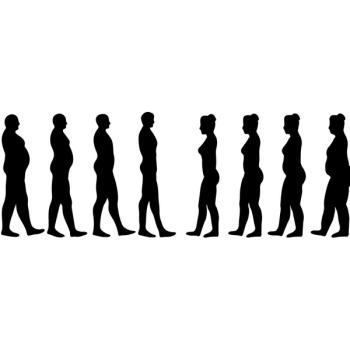
Novel Non-Invasive Glucose Monitor Uses Light-Based Technology
Accuracy of data recorded with the GlucoBeam was found to be comparable to standard finger-stick blood glucose tests.
A breakthrough in
The study, titled “Calibration and performance of a Raman-based device for non-invasive glucose monitoring in type 2 diabetes,”2 tested the device in 50 adults with type 2 diabetes over a 2-day period. Participants varied in age, BMI, diabetes duration, blood sugar control levels, and treatment type, offering a broad test base for the technology.2
Unlike traditional glucose monitors, which require finger sticks or wearable or implanted sensors, GlucoBeam Smart uses light to measure glucose levels through the skin, for this study of the thenar, the fleshy part of the hand at the base of the thumb.2 The device’s accuracy was found to be comparable to standard finger-stick blood glucose tests — but without the pain or inconvenience.2
Crucially, the study demonstrated that the device could be calibrated for individual use in fewer than 4 hours. Previous noninvasive approaches have required calibration periods stretching over several days or even weeks, making them impractical for widespread use. This rapid calibration was enabled through what the researchers describe as “direct electronic model transfer,” a step that could pave the way for mass production and commercial scalability of the technology.2
“The published study had a robust design and showed promising accuracy results for the prototype,” Guido Freckmann, MD, medical director & CEO of the Institute for Diabetes Technology in Ulm, Germany, and a co-author of the study, said in the RSP press statement. “The use of a further developed device with optimized calibration algorithms in patients' everyday lives has thus become more likely.”1
Anders Weber, CEO of RSP Systems, emphasized the significance of the findings: “The publication of this data based on our GlucoBeam technology in such a prestigious publication as Nature is an important step for us. Today’s published data not only demonstrates our Raman-based technology has the ability to provide continuous, accurate monitoring but that it can do so with significantly reduced and practical precalibration.”1
He added, “This method of algorithm transfer is the final milestone in our strategy to create and commercialize the world’s first wearable noninvasive glucose monitor for universal use.”
References
1. Nature publishes paper reporting a new method for algorithm transfer, developed by RPS systems, to enable noninvasive glucose monitoring. News release. RSP Systems. April 10, 2025. Accessed April 10, 2025. https://www.businesswire.com/news/home/20250410015734/en/Nature-Publishes-Paper-Reporting-a-New-Method-for-Algorithm-Transfer-Developed-by-RSP-Systems-to-Enable-Non-Invasive-Glucose-Monitoring
2. Calibration and performance of a Raman-based device for non-invasive glucose monitoring in type 2 diabetes. Nature Scientific Reports. 2025;15:10226. doi:10.1038/s41598-025-95334-x
Newsletter
Enhance your clinical practice with the Patient Care newsletter, offering the latest evidence-based guidelines, diagnostic insights, and treatment strategies for primary care physicians.
















































































































































































































































































